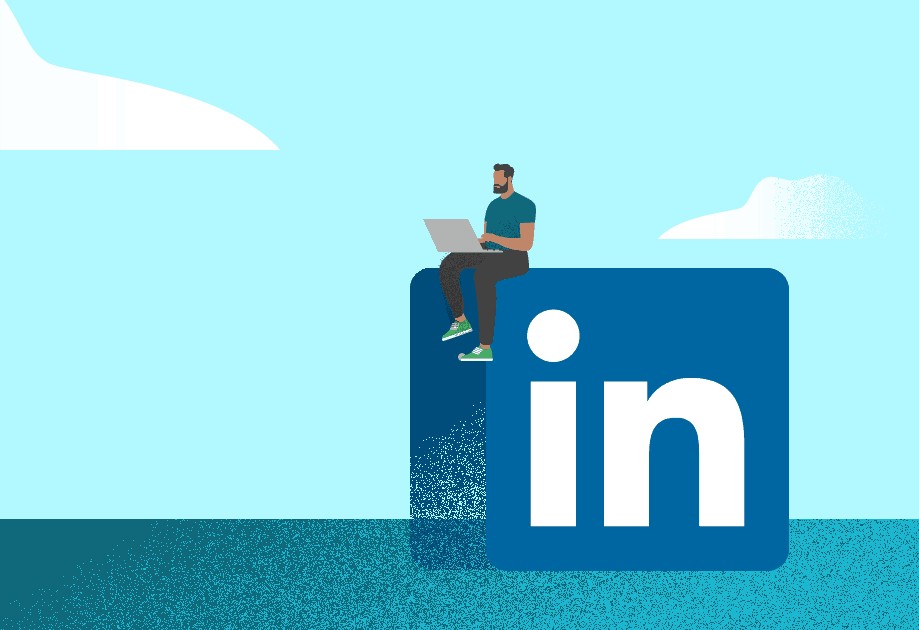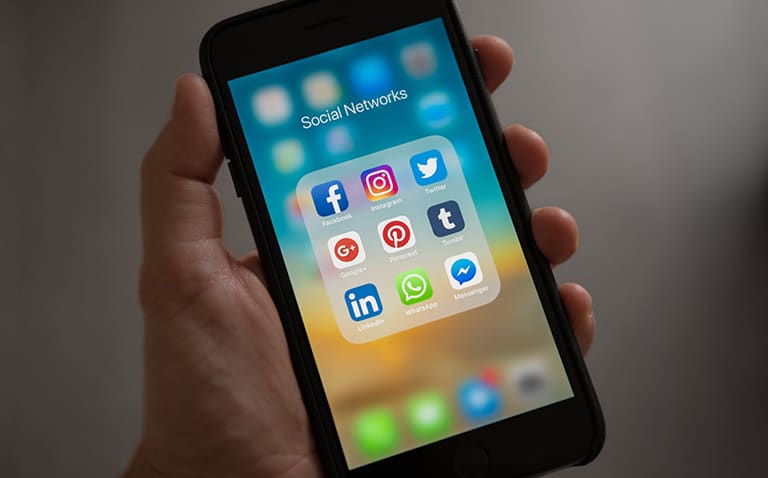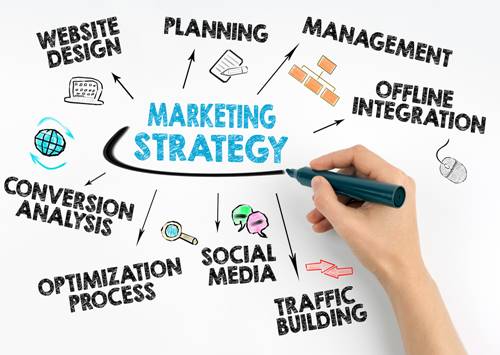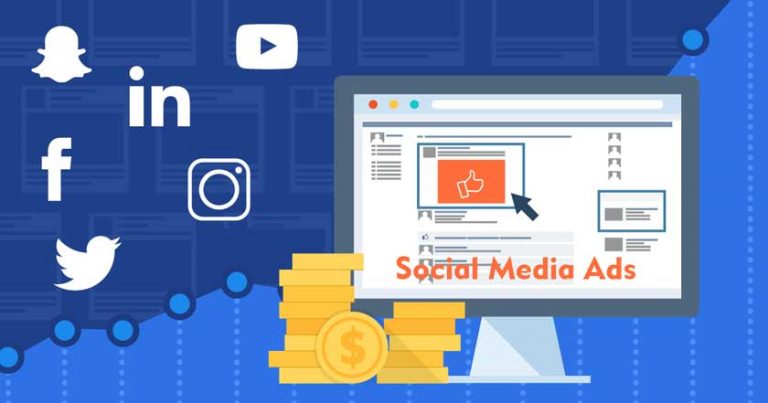Organic LinkedIn Marketing: The Fundamental Guide
The Pros and Cons of Organic LinkedIn Marketing
LinkedIn is the social hub for business professionals. But it’s not the best fit for every brand’s marketing strategy. This article will provide an exploration of the strategic benefits of deploying an organic strategy, as well as some of the drawbacks. It will also provide a tactical implementation plan should you choose to add organic LinkedIn to your high-level lead generation program.
The Pros of organic LinkedIn marketing:
- Users want to interact with brands.
- B2B lives on LinkedIn. Although LinkedIn doesn’t boast the largest user base, it’s a concentrated community of professionals, meaning that there is a lot less waste for B2B marketers. In fact, 61 million LinkedIn users are senior-level influencers and 40 million are in decision-making positions.
- Long newsfeed lifespans. Unlike Twitter and Facebook algorithms that focus primarily on recency in filling the newsfeed, LinkedIn focuses on engagement. That means that as long as your posts are continuing to generate likes, comments, and shares, then your posts will continue to live in the news feed for days—and sometimes even weeks.
- Niche hashtags. If you want to reach users outside of your core follower base, niche hashtags can be a highly effective way to reach relevant professionals (ex. #b2bleadgeneration is much more effective than #marketing).
- Community mentality. Where platforms like Instagram and Twitter can be prone to unfavorable comments and replies, LinkedIn has a far stronger community mentality. Question posts can be an effective means of leveraging this to promote knowledge sharing and relationship building.
- Audience insights. LinkedIn allows all business accounts to define their target audience and then access content suggestions based on that audience. This feature can be used based on the accounts you already follow, or the entire LinkedIn community (if you have a smaller follower base).
The Cons of organic LinkedIn marketing:
- Reaching younger audiences. If your target buyer persona is under the age of 35, LinkedIn actually has somewhat low audience penetration. According to Statista, the 2019 audience penetration rate of internet users by age segment yielded 16 percent across users aged 15 to 25, and 27 percent across users aged 26 to 35.
- Short newsfeed lifespans. The engagement based algorithms that can keep LinkedIn posts in the newsfeed for days on end are the same algorithms that can have your posts written off before they really see the light of day. Quick engagement and high levels of engagement are massive determiners of organic success on LinkedIn.
- User base. LinkedIn has 675 million monthly active users, coming in as the second smallest user base among social platforms (next to Twitter). That being said, it is a highly focused and highly engaged audience.
How to launch an organic LinkedIn marketing campaign
1. Beef up your LinkedIn page
Many conversions on LinkedIn actually stem from company page visits, so you don’t want to miss out on those.
Key areas to focus on include:
- Company description. This is the first thing a prospect will read when they land on your company page.
- Location. This is especially important if you serve a localized market.
- Hashtags. Up to three hashtags can be added to your profile to enhance your searchability by industry and offering.
- Custom button selection. This is your primary CTA, so ensure that it’s driving traffic to your desired destination, be that your website, a contact us page, a signup page, or otherwise.
2. Set growth goals
Some LinkedIn specific B2B goals include:
- Sales qualified leads that can be directly attributed to organic social efforts.
- Growth in average post engagement (reactions, shares, and comments).
- Increasing branded page actions (website clicks, directions clicks, etc).
- Improved LinkedIn group/community presence by joining groups and engaging with other members.
Refer to 2. Set growth goals in the Facebook marketing article to begin refining these broader goals into more actionable objectives.
3. Do some hashtag research
LinkedIn users are increasingly using hashtags to help them search for relevant content on the platform. That means that there are two reasons for you to do some hashtag research. Firstly, so that you engage in the conversation on relevant topics/hashtags. Secondly, so that you can use those hashtags in your posts to drive new traffic organically and spark conversations.

Source: LinkedIn
Here’s what you need to do to:
- Add a tab/section to your existing spreadsheet/document
- Start searching hashtags based on your industry category, SEO/PPC targets, competitors, and buyer characteristics (ex. #marketing if you’re an ad agency, #leadgeneration if that’s a service you offer, #hubspot if that’s a competitor, or #restaurantproblems if that’s a market that you serve).
- Follow relevant hashtags so you can use your personal account to interact and engage with the people and the businesses that are using them.
- Use LinkedIn to get additional hashtag suggestions. On your personal account homepage, you will want to navigate to your left sidebar. On the bottom of this sidebar is a “Discover more” button which will provide you with suggestions on new people to connect with and new hashtags to follow based on your account behavior.

Source: LinkedIn
5. Organize your hashtags based on the ones that you’re following, as well as the categories listed in step 2, and get ready to start using them in posts.
4. Join the conversation on hashtags that you follow
LinkedIn is a buzzing business community. “Stranger danger” certainly doesn’t exist here, and most people are willing and interested to engage with brands and people that they might not know personally. Posts stemming from hashtags that you follow will show up in your news feed alongside the content being posted by other accounts and connections that you follow.
There are a few ways that you can engage with these posts:
- Like/react to the post
- Comment on the post and provide your opinion on the issue at hand
- Share the post if you think it would be valuable to your network
- Connect with the person that posted
- Send that person a direct message pertaining to the post
The trick here is to ensure that you’re never selling anything, only engaging in an authentic and genuine way. After all, in the B2B space, people always want to feel that they’ve arrived at their own conclusions and not as though they were sold.
5. Add LinkedIn posts to your content calendar
Frequency is critical with business posting. That’s why it’s important to include LinkedIn, Facebook, Twitter, and all of your social marketing platforms in your content calendar.
See the organic Facebook marketing section for more in-depth insights into creating a content calendar.
6. Curate great posting content
You’ve got all of the building blocks in place, but now it’s time to construct the posts that are going to make or break your organic success on the platform for B2B business.
Here are some critical tips to optimize your posts:
- Keep it business-oriented. Your latest vacation doesn’t have a home on LinkedIn because it’s not what users enter the app to discover. After all, 80 percent of all B2B leads originate from LinkedIn, so make sure that you get down to business with your organic posts.
- Say more with less. Studies have shown that posts with shorter character lengths can see up to an 18 percent boost in organic engagement.
- Embed catchy content. Edgy headlines and eye-catching graphics will make your posts much more clickable, and the more clicks you generate, the better your odds of being favored by the LinkedIn algorithm, and the more traffic you are successfully directing to your site.
- Leverage hashtags (carefully). Now that you’ve done all of this great keyword research, your first instinct might be to slap a bunch of hashtags onto your posts so that you can reach the greatest breadth of people. That would be a mistake. LinkedIn doesn’t limit the number of hashtags that you can put on each post, but the more you use, the more spammy your post will appear, and the less engagement they will get. Best practice suggests that, like Twitter, three hashtags is plenty. You can either have these tags tail your post, embed them in the text content, or else separate them with a paragraph break. Being that these tactics can all be effective, it’s simply a stylistic decision.
- Post a few times a day. The more often you can post, the more favor you will earn in the eyes of the LinkedIn algorithm, and the better engagement all of your posts will receive. The trick here is to use the same embedded content, but change the copy so that a greater portion of your audience has a chance of seeing it.
- Leverage automation. LinkedIn is just one platform, and managing multiple posts per day on numerous platforms can become a burden. Thankfully, there are tools like Hootsuite and Social Marketing that can alleviate some of the strain in organic social media marketing.
Bonus: Experiment with SlideShare
Have you heard of SlideShare? It’s the slide hosting service that can translate presentations, infographics, and other visual content into adaptable formats that can be embedded on the LinkedIn SlideShare site or other sites. This matters because SlideShares reach 70M unique visitors per month.
Here’s what LinkedIn SlideShare looks like:

Source: envatotuts+
Check out this LinkedIn help page to find a step-by-step guide to using SlideShare with LinkedIn.







